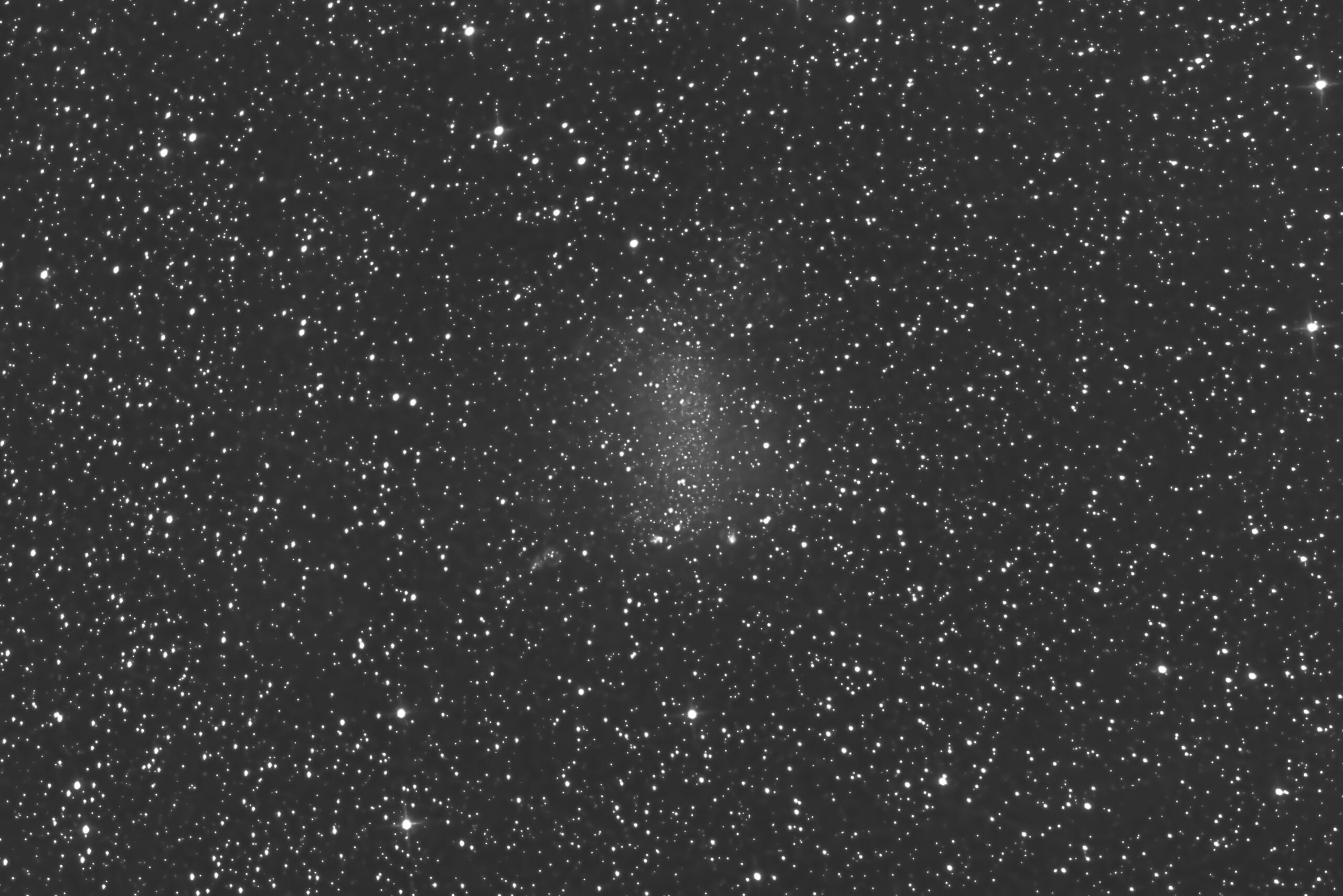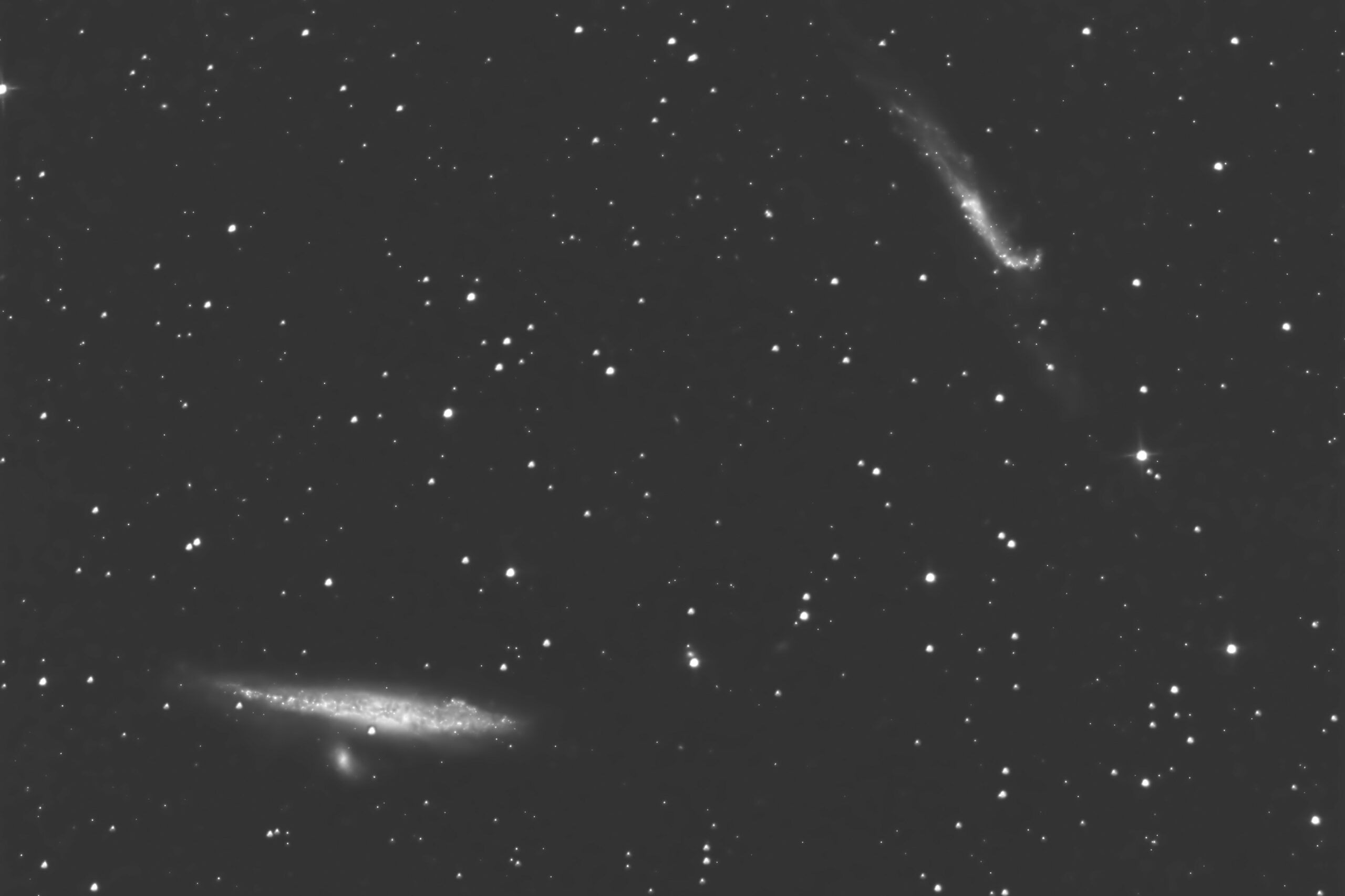Author: Luca Zanini
-
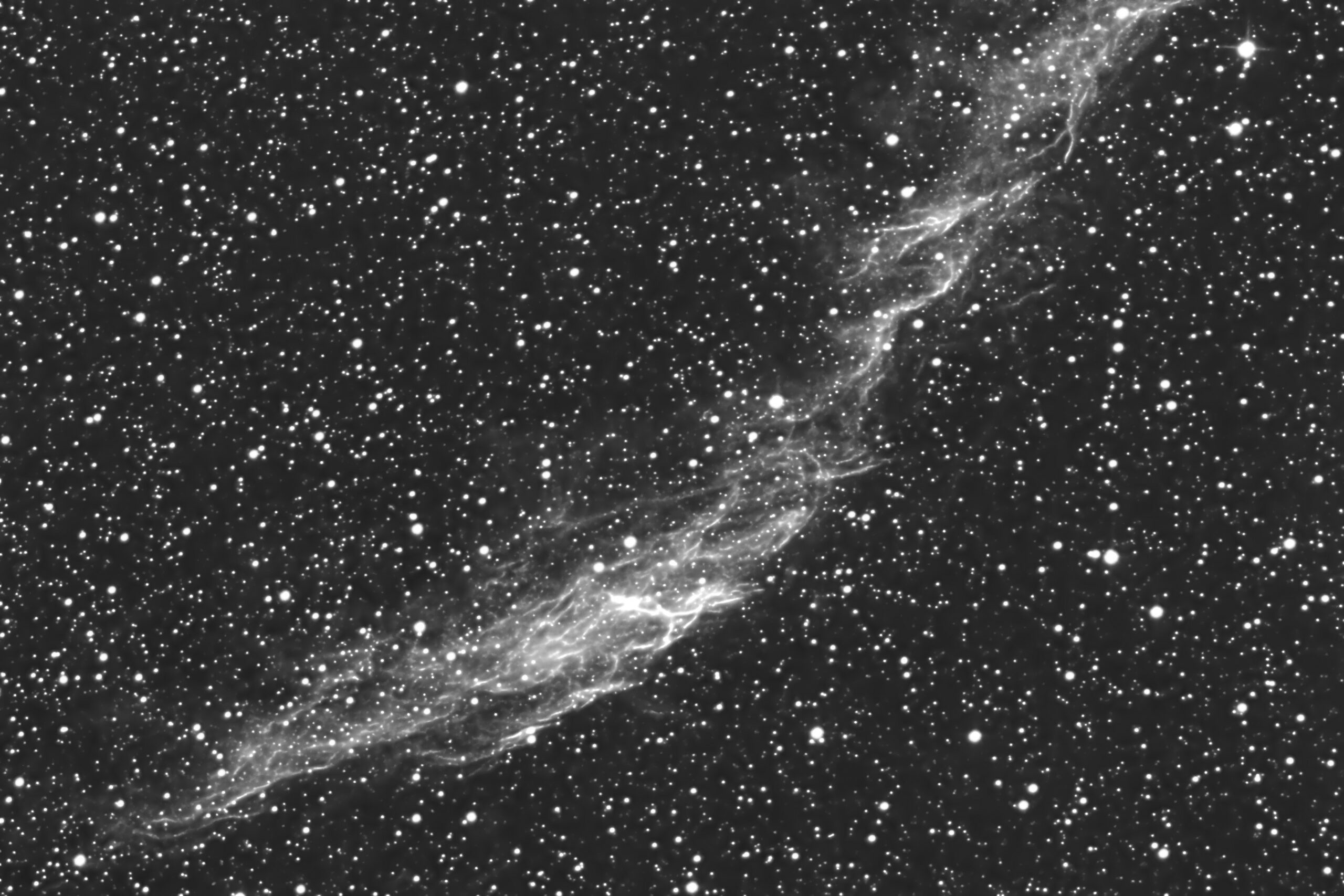
NGC 6992
NGC 6992 is one of the brightest portions of the Veil of Cygnus, a large supernova remnant located in the constellation Cygnus, an estimated 1,200–5,800 light-years from Earth.The explosion that generated it dates back approximately 10,000–20,000 years, and the interaction of the shock wave with the interstellar medium produced filaments of ionized gas.The photo was…
-
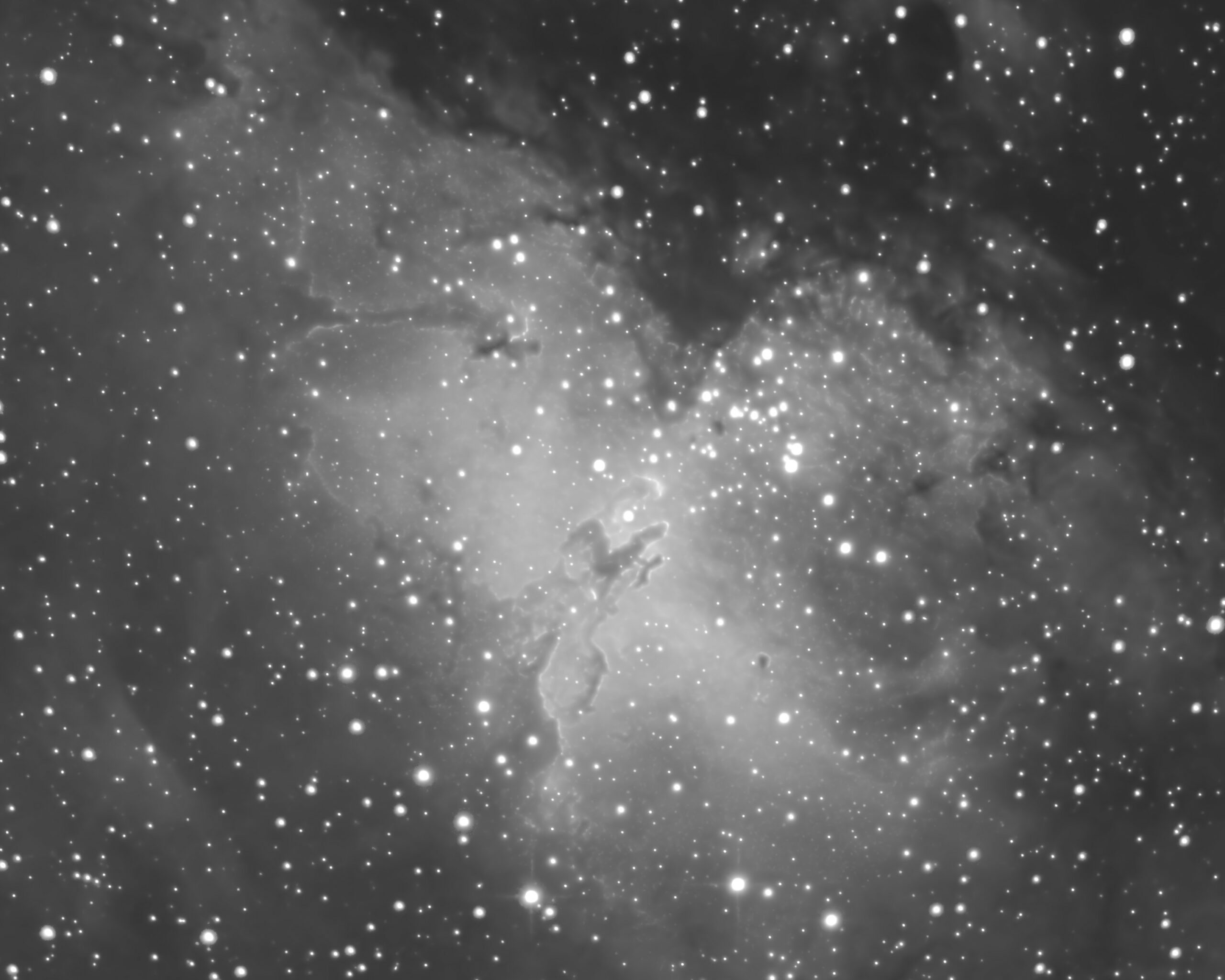
-
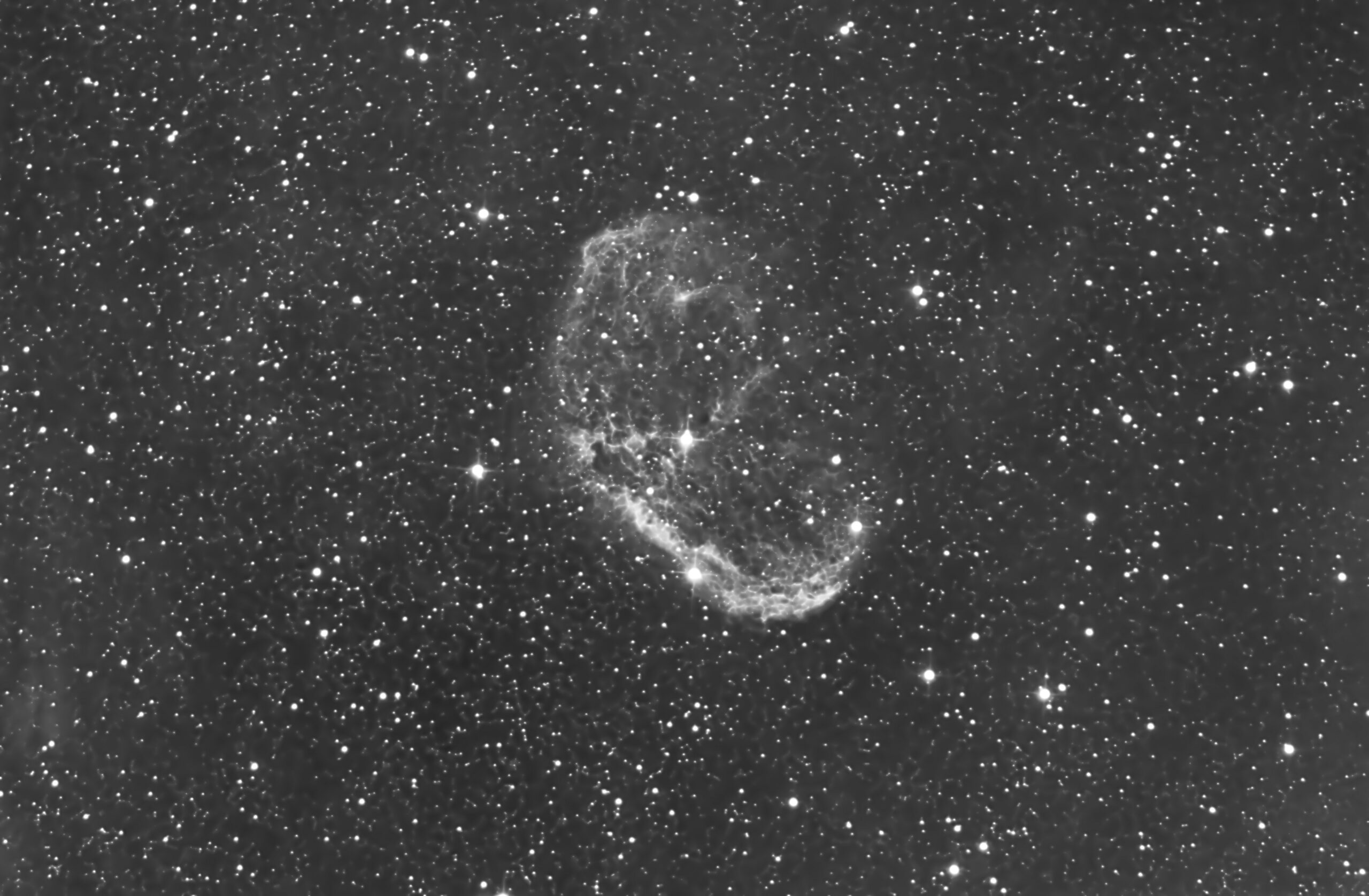
NGC 6888
NGC 6888, also known as the Crescent nebula, is an emission nebula in the constellation Cygnus, about 5000 light-years from Earth.It is formed by the stellar wind from the Wolf-Rayet star WR 136 (HD 192163), the brightest star at its center, colliding with the slower wind expelled by the star when it became a red…
-
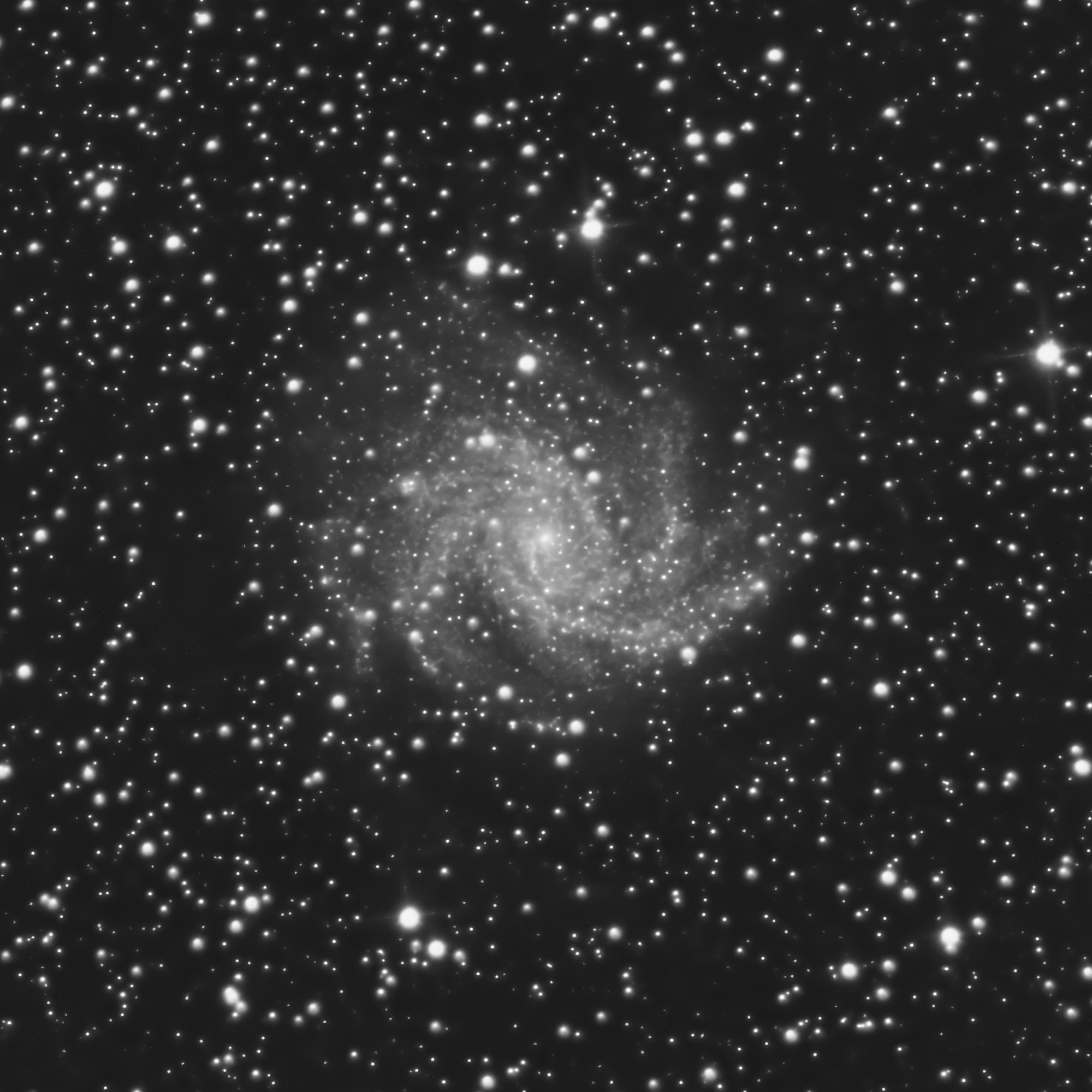
-
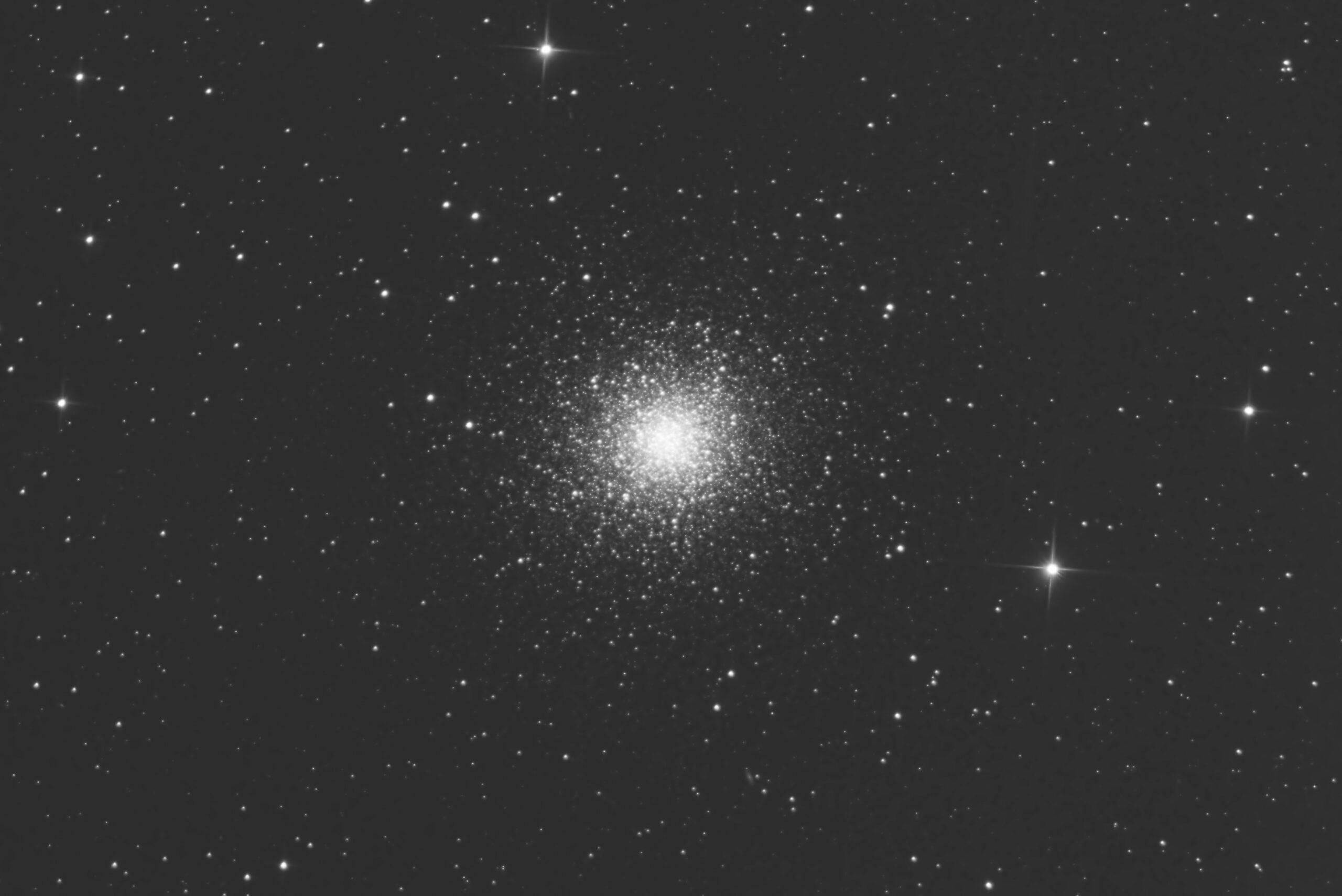
M 13 and M 10
The globular clusters M 13 in Hercules and M 10 in Ophiuchus are both just over 11 billion years old. M 13 is brighter and is particularly rich in stars, about 300,000, but M 10 is also easily observable even though it has only 100,000 stars being closer to Earth.
-
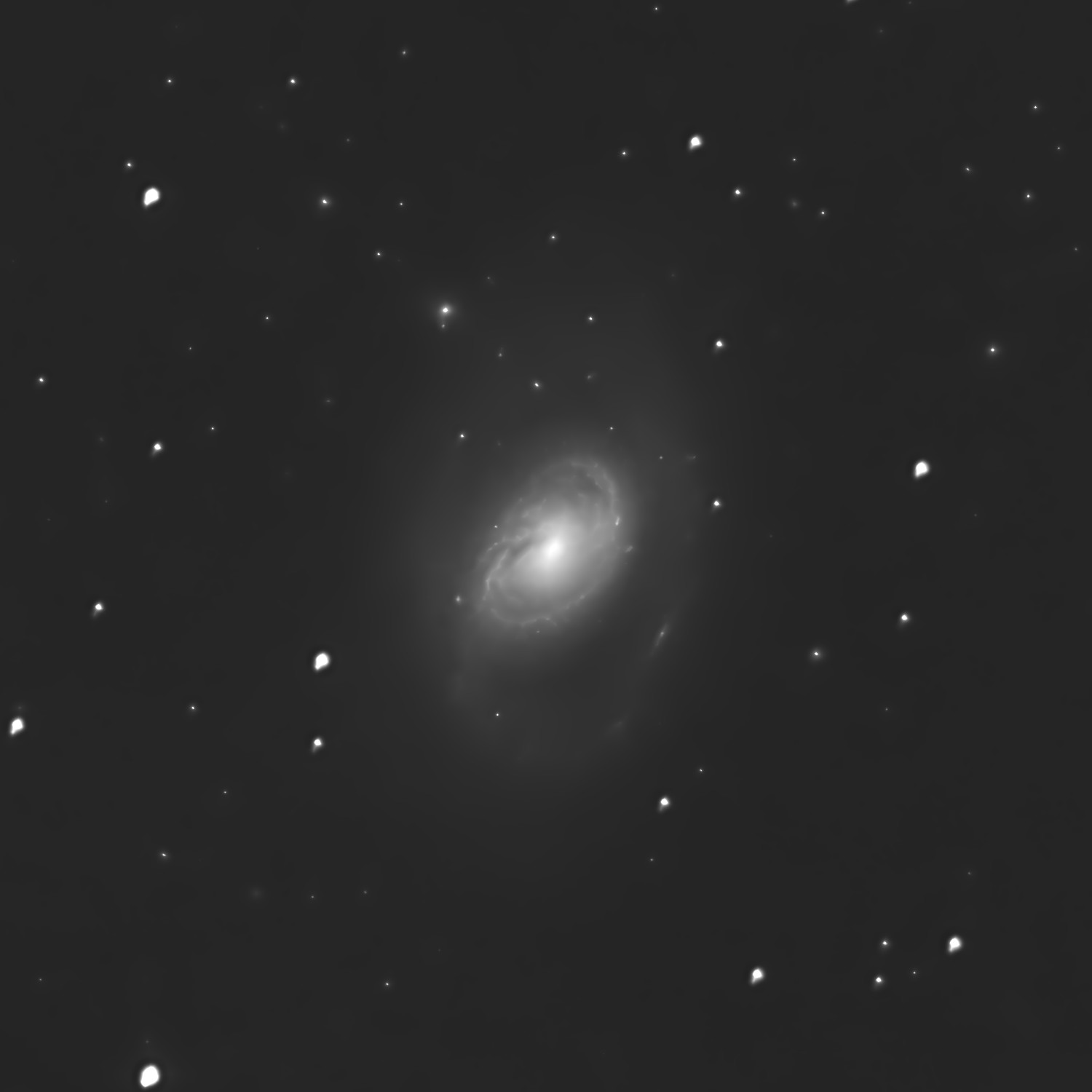
-
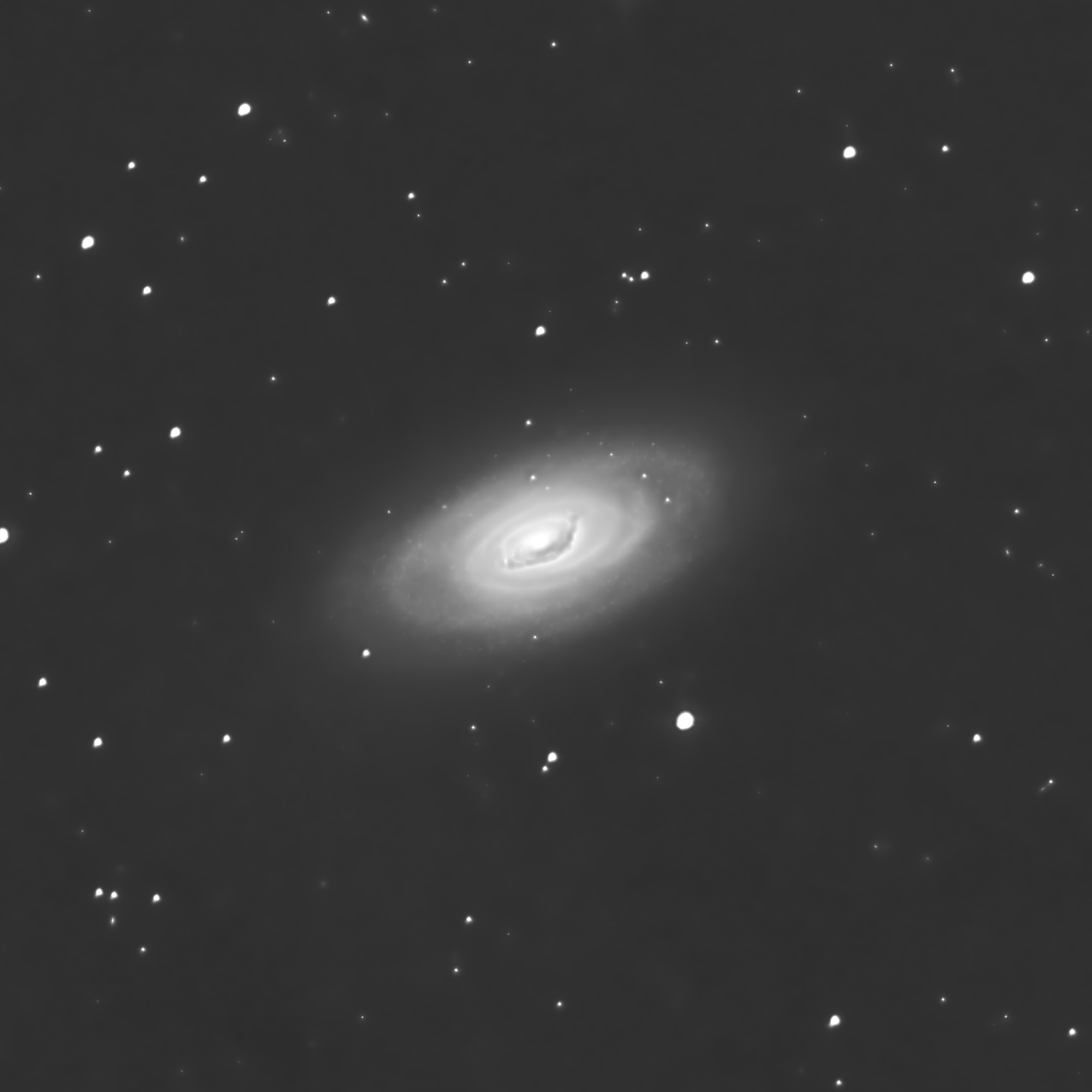
-
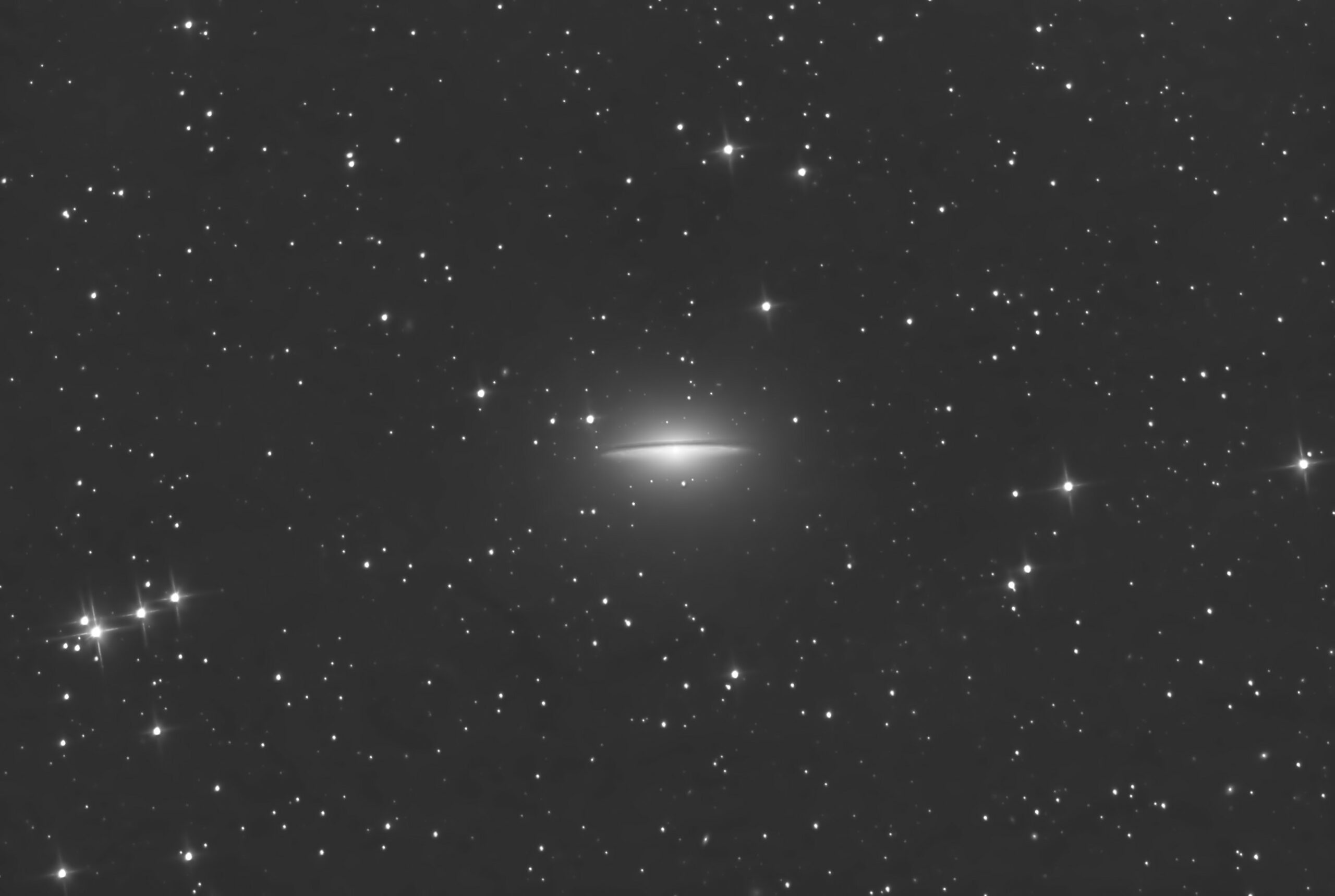
M 104
The M104 galaxy, or NGC 4594, also known as the Sombrero Galaxy, is one of the most fascinating spiral galaxies in the Universe.Located in the Virgo constellation, about 28 million light-years from Earth, it stands out for its characteristic bright central bulge and a dark dust band surrounding it, giving it the appearance of a…

